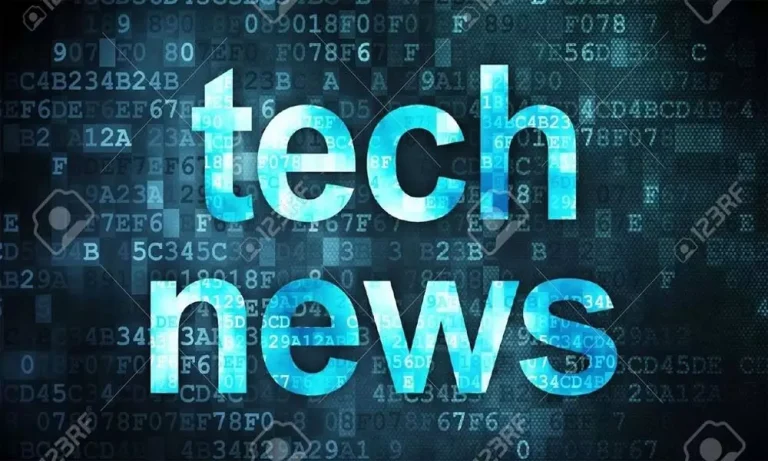
Brand identity isn’t just a logo or tagline. It’s the feeling customers associate with your business and the promise you make to them every day. This is why a strong brand is built in time, through careful planning, consistency, and creativity.
Luckily, nowadays, you can use artificial intelligence tools to speed up and polish the process of designing and building a brand identity strategy. These tools reduce guesswork by offering precision tools that cater directly to your audience’s needs.
From creating unique design elements to analyzing customer behavior trends, AI simplifies what used to take countless hours of brainstorming.
It also makes branding more personal than ever before. Through efficient and accurate data analysis, you can predict what your audience wants before they even know it themselves. Also, AI-powered platforms level the playing field, bringing powerful insights into everyone’s reach regardless of budget and team size.
If you want to learn more about how AI powers digital brand identity strategies, stick around until the end of this article.
AI’s Role in Logo, Naming, and Design Creation
A brand’s visual identity is the collection of design elements representing a business’s personality and values. It includes logos, typography, color schemes, imagery, and consistent style guidelines.
These components work together to create a cohesive look that communicates the brand’s message effectively across all touchpoints.
If you’ve ever worked on a brand design before, you know this process usually requires weeks of back-and-forth between teams and designers. But, with the help of AI design tools, the process is a lot simpler now.
Even people without experience in design can create a rough sketch of what they want using these tools. Also, if you have no inspiration, you can simply input the brand’s core values and aesthetic preferences into an image generator and get several design ideas.
AI design platforms analyze trends, colors, and typography styles to produce professional-grade options within minutes. This means you’ll spend less time deliberating over designs and more time on how to achieve high-quality results.
The brand’s name is also a high hurdle for many businesses. You need something simple and powerful so that clients can remember it easily. This is where you can use a professional name generator to suggest impactful names tailored for your audience.
Personalized Products and Interactions
Today’s customers expect more than just a good product; they want experiences tailored to their needs. Artificial intelligence helps brands deliver exactly that by analyzing user data and creating personalized touchpoints.
For instance, AI-powered recommendation engines (like the ones on Amazon, eBay, or Walmart) suggest products or services based on past behaviors, ensuring customers see what’s most relevant to them.
Chatbots powered by AI (like the ones available on Spotify, Sephora, or Bank of America) also play a major role in personalization. These tools simulate human-like conversations while learning from customer queries over time. The result? A faster, smoother communication experience for users without sacrificing quality service.
Even email marketing gets smarter with AI tools by personalizing the content to each recipient’s preferences or actions. HubSpot, for instance, automates email content personalization based on customer data and behavior tracking. Phrasee, on the other hand, optimizes email copy with natural language generation that aligns with a brand’s tone.
Building Emotional Connections Through Data Insights
AI-powered data analytics can also help figure out how your target audience feels about your brand.
By analyzing social media interactions, purchase patterns, online reviews, and more, AI identifies what matters most to customers. For example, a clothing brand can detect rising interest in sustainable fashion and shift its messaging to align with those values.
AI also helps refine storytelling by pinpointing the right emotions to evoke through marketing campaigns. Sentiment analysis tools scan language usage or reactions across platforms, helping brands create narratives that connect deeply rather than just sell products.
Even small gestures like personalized thank-you emails or targeted discounts (identified with predictive analytics) can show customers they’re more than numbers on a spreadsheet. These genuine efforts foster trust and long-term relationships.
Common Missteps When Using AI for Brand Identity
AI offers powerful tools that can help shape a brand’s identity, but it’s not a magical tool that can do everything for you. You still need help from professionals to create a brand identity that resonates with your audience.
Misuse or over-reliance on smart tools can make your branding look and sound disconnected.
For instance, one common mistake is prioritizing automation over authenticity. Relying too heavily on AI-generated designs or messaging can strip a brand of its unique voice and human touch. While AI provides efficiency, it should complement creativity, not replace it entirely.
Another pitfall involves neglecting data quality. Your tools work based on the data you feed them. If your database is outdated or poorly managed, you’ll receive inaccurate insights, resulting in misguided decisions about visual design, tone, or audience targeting.
Failing to adapt as trends evolve also creates issues. Some brands set up an automated system but don’t revisit strategies regularly enough to ensure relevance. This stagnation can alienate audiences over time.
Better Chances for Startups and Small Brands
Small players like startups and SMBs often operate on tight budgets, making it challenging to invest heavily in branding. However, affordable AI tools empower smaller businesses to build a professional presence without breaking the bank.
AI-powered platforms offer cost-effective solutions for key branding needs. Tools that help with naming, logo creation, and other visual elements use machine learning to design sleek logos tailored to industry trends and brand aesthetics at a fraction of traditional design costs.
For content marketing, platforms such as Copy.ai or Writesonic generate customized copy suitable for websites, social media posts, or email campaigns. These tools reduce outsourcing expenses while maintaining quality output.
With accessible technology like this at their fingertips, small players can establish polished brands that can compete against larger competitors.
Wrap Up
AI-driven branding is set to become even more dynamic with advancements in predictive analytics and generative design tools. As technology evolves, businesses will gain deeper insights into consumer behavior and new ways to personalize experiences. Overall, the future of AI-powered branding is quite bright!
By Gary Bernstein



